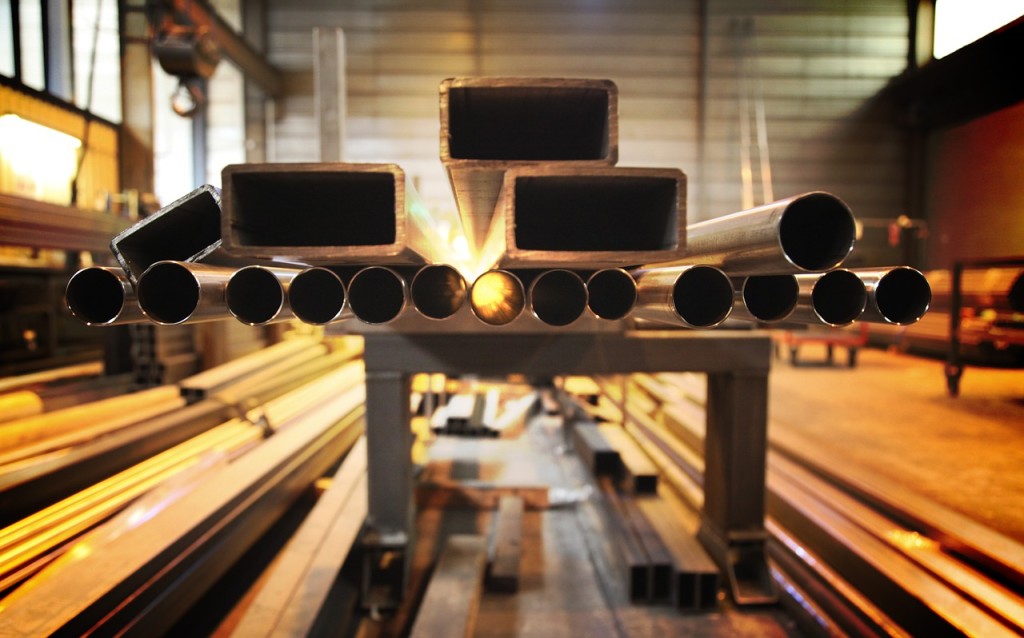Stainless Steel: What’s the Difference Between 304 and 316?
Posted on by Chris Smith
When considering the best strategy for installing your application, choosing the appropriate grade of stainless steel is of paramount importance. While there’s a wide range of stainless steels on the market, we at Monarch Metal typically use two types for our products: 304 and 316. To the untrained eye, these two types may seem interchangeable, especially since they look the same side by side. But, in fact, Types 304 and 316 have very different properties that should be taken into consideration.
To help you get acquainted with the ways in which Type 304 is differentiated from 316, here’s an overview of their properties:
- Material Composition: Not all stainless is made equal. As a matter of fact, material composition is one of the keys to understanding the differences between 304 and 316.Type 304 contains 18-20% chromium and 8-12% nickel as well as a maximum of 0.08% carbon. Type 316 has a similar composition, with 16-18% chromium, 10-14% nickel, and 2% molybdenum.
In 316, the addition of molybdenum provides more corrosion resistance than you’ll find in 304. However, 304 is a bit more pliable, making it ideal for applications where flexibility is desired. - Formability: In terms of formability, Type 304 is considered the superior option. A combination of lower strength and lower work hardening rate make 304 easier to draw and form. While 316 can typically be drawn and formed in a similar fashion to 304, temperature variations can affect the ease of those processes. For instance, 316 may become magnetic when cold worked.
- Corrosion Resistance: Thanks to the chromium content in 304, it has excellent resistance to oxidation and corrosion. But for a higher degree of corrosion resistance, 316 is a better bet. The molybdenum content in 316 also makes it more resistant to harsh chemicals and environments that are known to cause corrosion. Because of this, 316 is best suited for applications or environments where it’ll be exposed to extreme weather, salt water conditions, or strong chemicals.
- Weldability: The 300 series of stainless steel, which includes 304 and 316, are austenitic metals. As such, they are among the most easily weldable metals available today. They can typically be welded by any welding process but in some cases, careful attention to hot cracking and loss of corrosion resistance is necessary.
- Types of Applications: Due to its malleability, 304 is arguably the most versatile of the two grades of steel. It’s most suitable for kitchen equipment, electrical enclosures, auto trim and molding, stainless hardware, storage and hauling tanks, and much more. Type 316 is a marine grade stainless that is often best for applications where corrosion resistance and durability are essential such as marine environments. And believe it or not, it’s often used to make surgical implants.
For more information on stainless steel grades, product shapes, and sizes, feel free to give us a call at (631) 750-3000.

